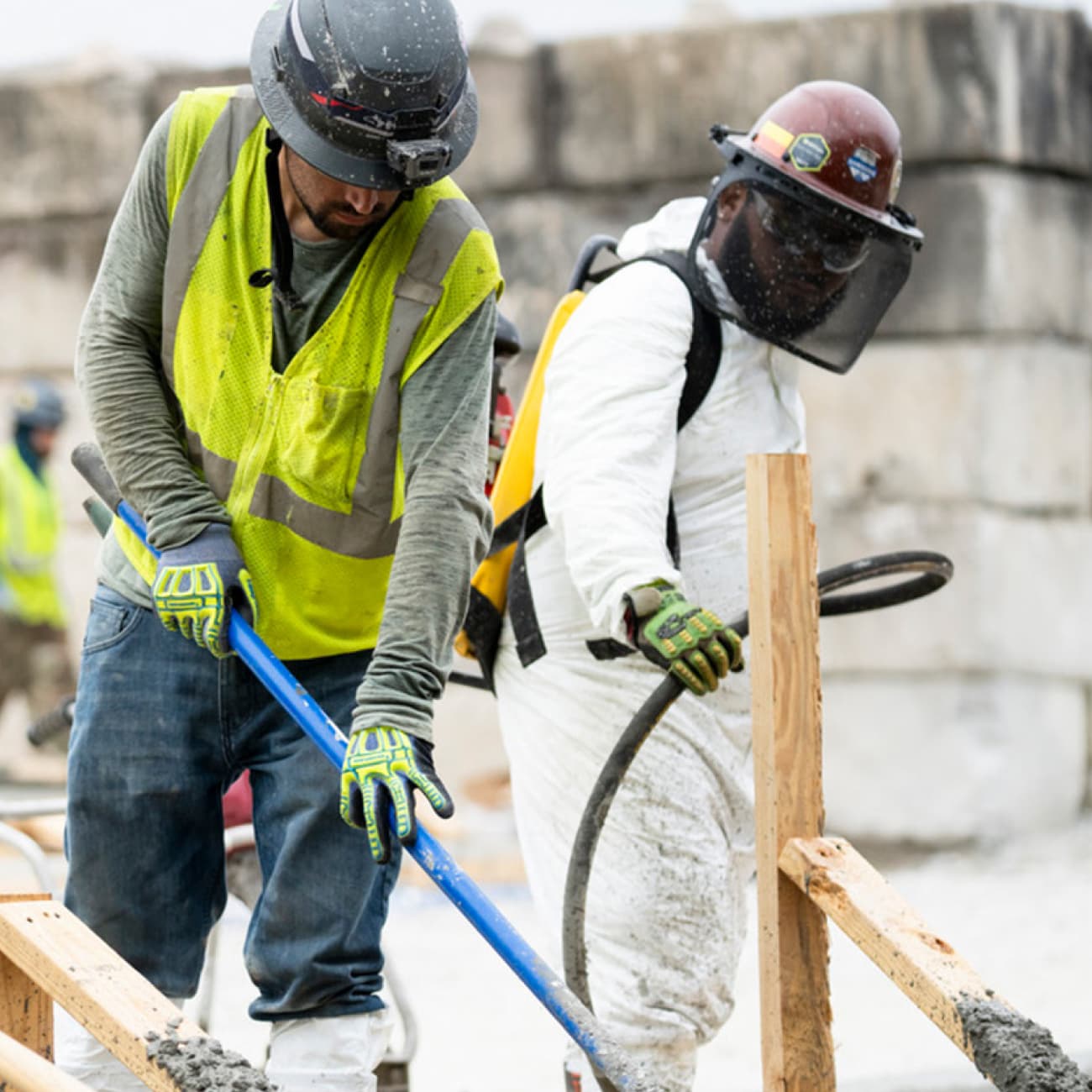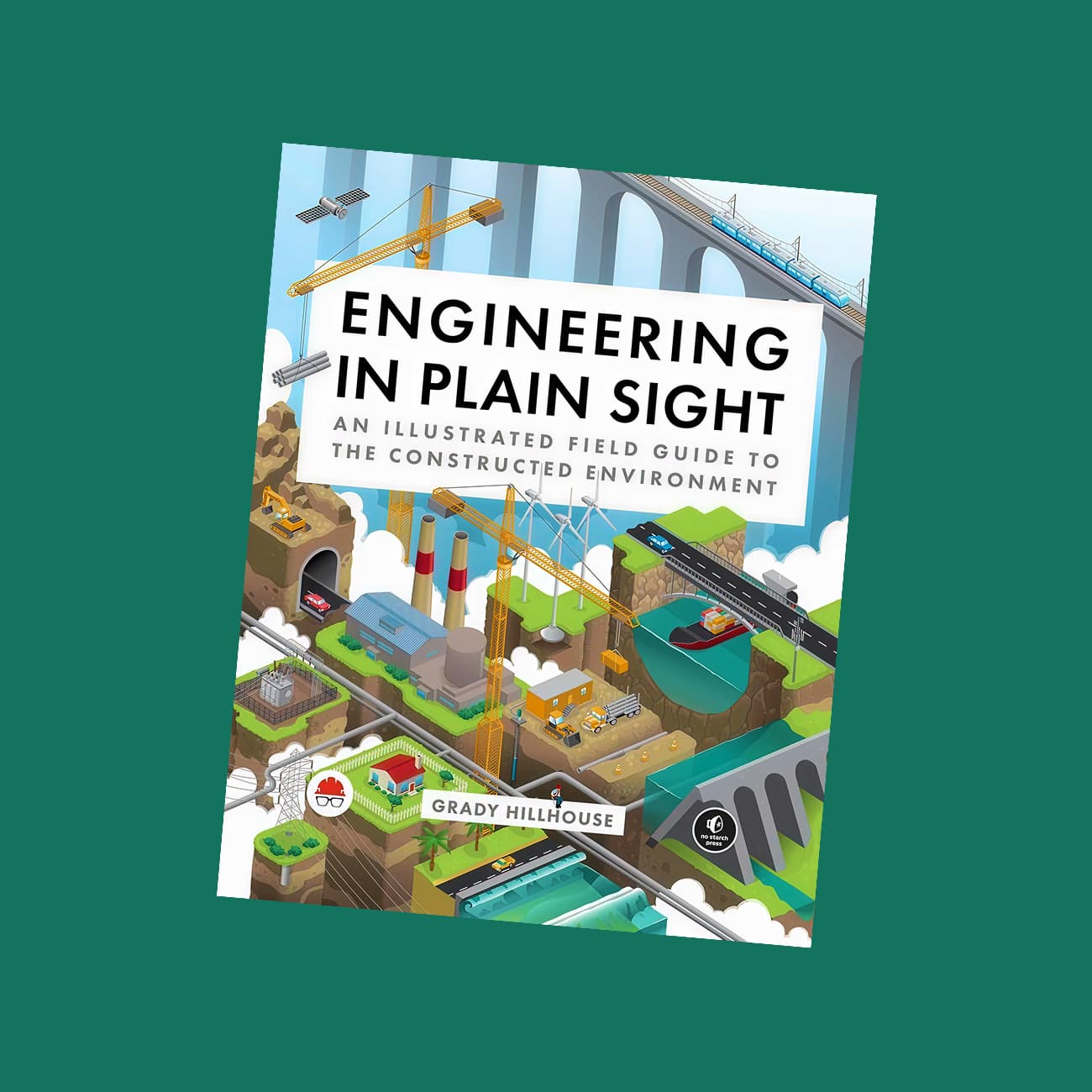From Cardboard to Culture: Shigeru Ban’s Enduring Legacy
As a builder, I’m constantly in awe of those who push the boundaries of what’s possible. Shigeru Ban is one of those visionaries who I am proud to know and to have worked with. His work serves as a powerful reminder that architecture isn’t just about constructing buildings but also about making a lasting impact on the world.
Building a Career
Born in Tokyo in 1957, Ban showed an early interest in craftsmanship—he was passionate about carpentry and even considered becoming a furniture maker before turning to architecture. He started his studies at SCI-Arc in California before transferring to Cooper Union, where he earned his Bachelor of Architecture in 1984 under the guidance of John Hejduk.

Just a year later, he founded Shigeru Ban Architects, embarking on a career defined by innovation and compassion. From his offices in Tokyo, New York, and Paris, Ban has led groundbreaking projects that combine beauty with purpose. His work stands as a testament to the belief that architecture can serve both form and function, meeting the urgent needs of communities while inspiring future generations.
Ban’s projects are great symbols of resilience and creativity. The Cardboard Cathedral in New Zealand, which was built as a temporary replacement for Christchurch’s quake-damaged church, showcases Ban’s dedication to using sustainable materials and providing disaster relief. The Centre Pompidou-Metz in France is a contemporary art museum known for its amazing timber roof inspired by a Chinese hat. The state-of-the-art Parisian music and performing arts center, La Seine Musicale, has an incredible sail-like solar panel facade, and its design demonstrates Ban’s imaginative and functional approach to architecture. Each structure speaks to his commitment to problem-solving on both a structural and humanitarian level.
One of the most important innovations Ban brings to the world is his ability to respond to disasters with practical, thoughtful solutions. He finds unique ways to support earthquake victims using inexpensive but strong types of light construction—rebuilding homes and places of worship that are meant to be temporary, yet many have proven to go the distance.

Architecture for Good
What sets Ban apart is his pioneering use of recycled materials, particularly paper tubes, as a primary structural component. As he puts it, “I believe that the material doesn’t need to be strong to be used to build a strong structure. The strength of the structure has nothing to do with the strength of the material.” That mindset has allowed him to completely rethink how we use low-cost, sustainable, and often unexpected materials—especially in times of crisis when ingenuity matters most.
This unconventional approach has transformed the possibilities of sustainable construction. One of the most powerful applications of this creativity has been in disaster relief. In 1995, he founded the Voluntary Architects’ Network (VAN), dedicating his expertise to designing temporary shelters for communities displaced by natural disasters. His efforts have brought dignity and comfort to those in crisis (suffering from earthquakes, floods, violence and genocide), proving that architecture can be a force for good.
After the 2015 earthquake in Nepal, I had the opportunity to work directly with Shigeru and his team to help develop a model for fast, affordable masonry homes that could be assembled quickly and scaled where needed. Through Clayco, we invested in these Nepal Houses—made with wooden frames and rubble bricks—that were easy to put up and could be finished gradually by the local community. That kind of thinking—simple, modular, dignified—is exactly what the world needs more of.
For those of us in the construction industry, Ban’s work is a reminder of the importance of purpose-driven design. It’s not just about breaking ground—it’s about building with intention. His ability to merge sustainability, innovation, and social responsibility is something I deeply admire and always strive to incorporate across Clayco projects.

Going Above & Beyond
Ban was awarded the 2014 Pritzker Architecture Prize—the most prestigious award in modern architecture—for his groundbreaking use of materials and commitment to humanitarian design. I was honored to attend the ceremony at the personal invitation of Tom Pritzker. It was a meaningful moment to see a very worthy and game-changing architect being recognized for the right reasons.
Ban was also recently awarded the 35th Praemium Imperiale for Architecture for exceptional achievements in Painting, Sculpture, Architecture, Music, and Theatre/Film. He was appointed as a new member of the Japan Art Academy, too. Just more proof that his impact goes way beyond buildings.
Shigeru Ban has shown the world that architecture can heal, inspire, and unite. Building and humanitarianism can go hand in hand–and should! As we continue to shape the built environment, we must all carry forward the spirit of creativity and service that defines his remarkable career.






.avif)



